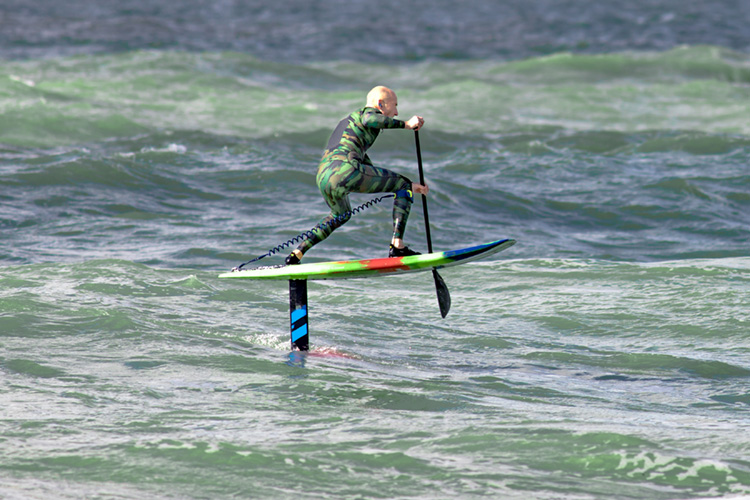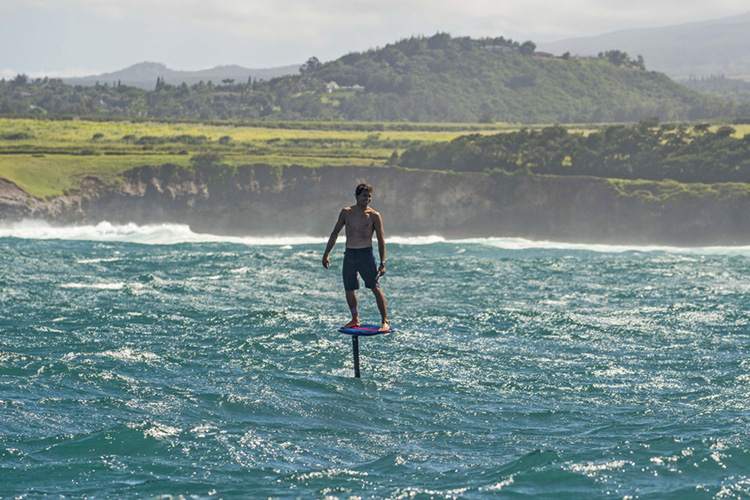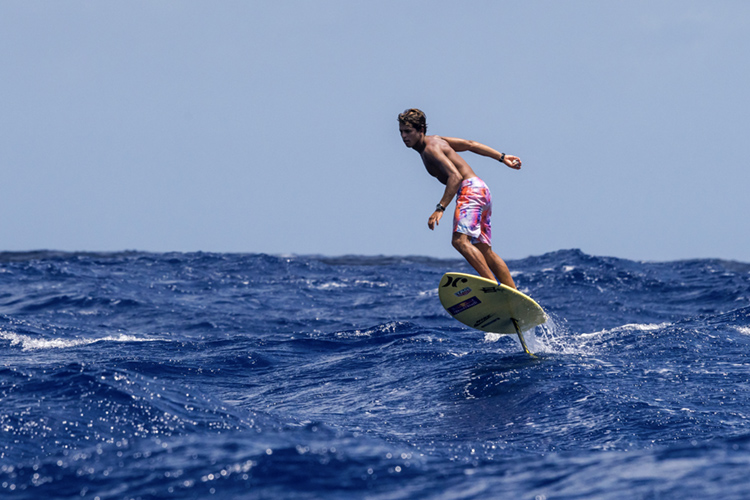Foil surfing is an exciting water sports discipline that opened new ways of enjoying the ocean. However, it also poses challenges and dangers.
Whether you're using hydrofoils to go surfing, stand-up paddleboarding (SUP), windsurfing, or kitesurfing, you should always take a few precautions.
Kite and wind foils are larger and more dangerous than, for example, surf and SUP foils. They also have longer masts; they're sharp on the trailing edge and feature pointy wings.
But both are dangerous and harmful.
If a hydrofoil easily cuts a marine animal in half, it may also be lethal to swimmers, divers, and other fellow water sports enthusiasts.
A hydrofoil is a fin with wings made from aluminum and fiberglass. It displays a sharp fuselage, even though some models feature round edges and smooth curves.
The foil will not necessarily fly out of the water if you wipe out.
Many times, the board will sink and get stuck underwater, like an anchor that keeps it below the surface. But a hydrofoil will always be more aggressive than a standard surfboard fin.
Pay attention to the following messages. They will dramatically increase safety levels when riding a foil at your favorite spots.

Ask For Advice Before You Get Into It
If you're about to go foil boarding for the first time, talk to someone who has several hours of experience. Foil surfing has a relatively steep learning curve.
Remember that a hydrofoil adds instability to the ride. You'll feel like you're riding a board with a pendulum underneath.
That's why it will take time before you build muscle memory.
Protect Yourself
Wear a helmet and a full-length wetsuit, and put on a pair of booties.
Always Wear a Leash
For the safety of others, make sure your board stays with and near you in case something goes wrong.
Ideally, wear a coil leg rope or roll your long leash, and put some velcro around it so it can still extend if needed.
Use a Board You're Comfortable With
If you're used to surfing and paddling a 7' funboard, that's the size that you should use when trying foiling for the first time.
If you're on a smaller board all year round, then adapt it or buy an identical model.
Start Small and Be Conservative
Be careful. Start in flat, open bodies of water - lakes, rivers, pools, or calm seas - and make sure you've got a friend or relative nearby in case of an emergency or injury.
You should only try foiling in the waves when you feel comfortable and acquainted with the behavior of the wing under your feet.

Never Use Foils in Crowded Line-Ups
Once it takes off, a foil board does not behave like a regular board.
With a hydrofoil, you have full three-dimensional control - roll, pitch, and yaw - over the board. So, a hydrofoil can potentially become a dangerous, deadly weapon.
Keep a distance and stay away from everyone else.
Because the foil lets you take off on the shoulder of waves, you can take any wave you want without putting the health of others at risk.
Respect the Beach Flags
Foil boarding has already been banned from several beaches around the world. Respect all beach flags and warning signs, and don't give foiling a bad reputation.
Stay in Deep Water
Remember that you're riding with a long fin underneath your board. As a result, you can easily hit rocks, reefs, or sand bars.
Every time you slow down, your hydrofoil will sink and could be stuck in underwater obstacles.
Depth is your friend, so stay away from shallow waters.
Maintain Your Foil
Always rinse your hydrofoil after a surf, and make sure all components are fully tightened before your next session.
Saltwater and changes in temperature may lead to malfunction and disasters.
Never Lend Your Foil
Lending a weapon is not a wise thing to do. You never know how he or she will use them.
So, avoid letting your friends ride your foil unless they're highly experienced and take full responsibility for their actions.
